There’s no plaque at 70 Willow Street in Brooklyn. This may not mean much to most passersby, but it means something to me. You see, way back in the late 80s, before I knew much about anything, I encountered one of the first books that made me realize, “This is what words can do.” That book was Truman Capote’s In Cold Blood, and even though I didn’t realize it at the time, his book changed my life.
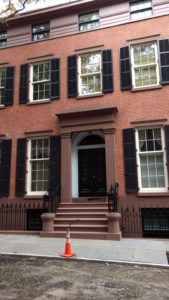
From a basement apartment at 70 Willow Street, Truman Capote wrote part of his famous, Breakfast at Tiffany’s (the novella, not the movie! Fred’s gay, remember?) Capote was mad about Brooklyn Heights. In the 1950s he wrote an essay, “A House On The Heights,” inviting readers, perhaps “those ignorant of its allures” into his Brooklyn. As I’m a writer who’s been staying just a few blocks from 70 Willow Street — though not quite in a mansion — I thought I’d do some Capote-esque, writerly exploration.
I start by seeking Uncle Walt Whitman who lived in a variety of places in Brooklyn, where he self-published the first edition of Leaves of Grass (probably his most famous work, for my non-literary geeky friends). I head down Henry Street, doing some twists and turns (unfortunately more twists and turns than needed), going under the Brooklyn-Queens Expressway overpass, and eventually arriving at the Fulton Ferry Landing where part of Whitman’s poem, “Crossing Brooklyn Ferry,” is inscribed into the railing along the water’s edge:
Flow on, river! flow with the flood-tide, and ebb with the ebb-tide!
Frolic on, crested and scallop-edg’d waves!
Gorgeous clouds of the sun-set! drench with your splendor me, or the men and women generations after me;
Cross from shore to shore, countless crowds of passengers!
Stand up, tall masts of Mannahatta!—stand up, beautiful hills of Brooklyn!
Throb, baffled and curious brain! throw out questions and answers!
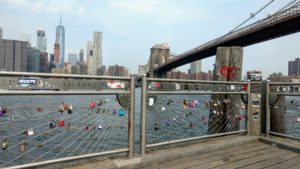
The railing is graffiti marked and most of the people there snapping photos of the Brooklyn Bridge don’t seem to notice Whitman’s words (this is a recurring theme in my travels, so get used to sentences like this) but I spend some time contemplating his words and exploring the park before I escape the heat + humidity at Shake Shack for a quick burger and iced tea. I’m a California gal; I can’t handle this much heat.
In my research of literary Brooklyn, I’m stunned by how many writers lived in, worked in, and wrote about Brooklyn — Hart Crane, W.H. Auden, Norman Mailer, Thomas Wolfe, Arthur Miller, Henry Miller. I pass a house that Arthur Miller sold to W.E.B. Du Bois in 1955. How cool is that?
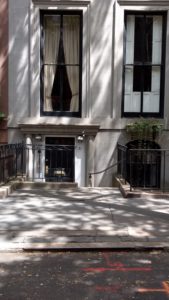
Perhaps, in part, they were seduced by the more affordable rents, as the opening line of William Styron’s Sophie’s Choice states: “In those days cheap apartments were almost impossible to find in Manhattan, so I had to move to Brooklyn.” But I sense there’s something more. In “A House On The Heights,” Capote famously proclaims, “I live in Brooklyn. By choice.” There isn’t a subtext of resignation in his declaration; there’s a feeling of pride. Having lived in Oakland, CA for the past decade — a city often overshadowed by a certain more “glamorous” city just across the bridge — I can relate. I’ve long thought that Brooklyn is a sibling of Oakland: both cool, edgy, laid-back, creative, dynamic places that are often ignored — or perhaps just as often, looked down upon — by the outside world.
***
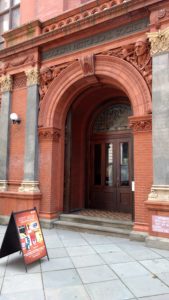
Coincidentally, the fantastic Brooklyn Historical Society is having an exhibit: Truman Capote’s Brooklyn: The Lost Photographs of David Attie. In the late 50s Attie was assigned to photograph Brooklyn to run alongside Capote’s above-mentioned essay. But the photos were lost until Attie’s son unearthed them a few years ago. They, alongside Capote’s words, show a Brooklyn of sixty years ago, one that is perhaps both familiar and forgotten. I head over, plant myself on a bench in the gallery, and start reading, Brooklyn: A Personal Memoir, as the original essay is impossible to find online.
As I’m scribbling some notes in my journal, two boys, probably about 9 or 10 years old, enter the room. They’re obviously Brooklyn locals, and they start whispering and pointing excitedly when they recognize familiar scenes from their own lives. While Attie’s Brooklyn may be unrecognizable to today’s tourist, to a native it’s simply another variation of home. One of them takes out a camera and starts shooting photos of Attie’s photos. I tell him that he should go to these places and take photos of them now.
“From the exact angle,” he suggests.
“Absolutely,” I say.
“Cool,” he says, eyebrows raised. “Though that might take a while.”
I tell him that he can have a follow-up exhibit here. The boys grin at the idea and leave to go get ice cream so they can memorialize today’s Brooklyn. That is what love for a place does; it inspires.
***
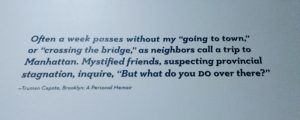
I’m inspired myself by Capote’s quote, and while I don’t have a full week left, I have three days to DO Brooklyn. Of course, for me, “doing” a place usually consists of sitting on a park bench with a book, a pen, and a journal. Given the literary tradition of Brooklyn Heights, I know I’ll fit right in. I venture down to the Brooklyn Heights Promenade to read and enjoy the afternoon.
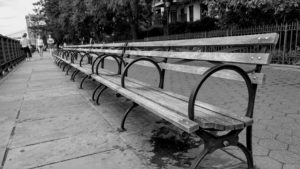
I wind up spending the next three days doing just this, hitting both rain and sun, both weekend crowds and weekday solitude. Brooklyn, no doubt, has gotten a shiny new coat of paint since the days of Capote, but in my eyes it still maintains a laid-back charm, a stillness that I don’t often see when I’m in Manhattan. It is a place that impresses in a sometimes subtle, sometimes not-so-subtle way.
I walk behind a man in a water-soaked jacket and a fedora who doesn’t seem bothered by the rain. I eavesdrop on a bike tour guide who advises a group of nervous tourists who are about to ride over the Brooklyn Bridge: “Your strategy is to ring this bell. If that doesn’t work, you get to be a New Yorker and yell at them, “Bike lane!’ They may not care, they may be rude, but you get to yell as loud as you want.” I spend three hours in a café on Hicks St, sipping wine, people watching, and reading Edith Wharton.
Yes, Brooklyn is for me.
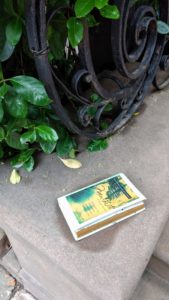
Of course, Brooklyn is not for everyone. People are pulled into places that just seem to be the right fit. But Brooklyn has long enticed artists and writers, even in the face of its own evolution as a place, creative types past, present, and (no doubt) future. Perhaps those of us drawn to it find it a place that nurtures our childlike spirits, spirits that never want to stop believing. As Capote explains in his essay, “As children we are sensitive to mystery…as we grow older all is explainable…too bad, a pity–throughout our lives we ought to believe in ghost hotels.”
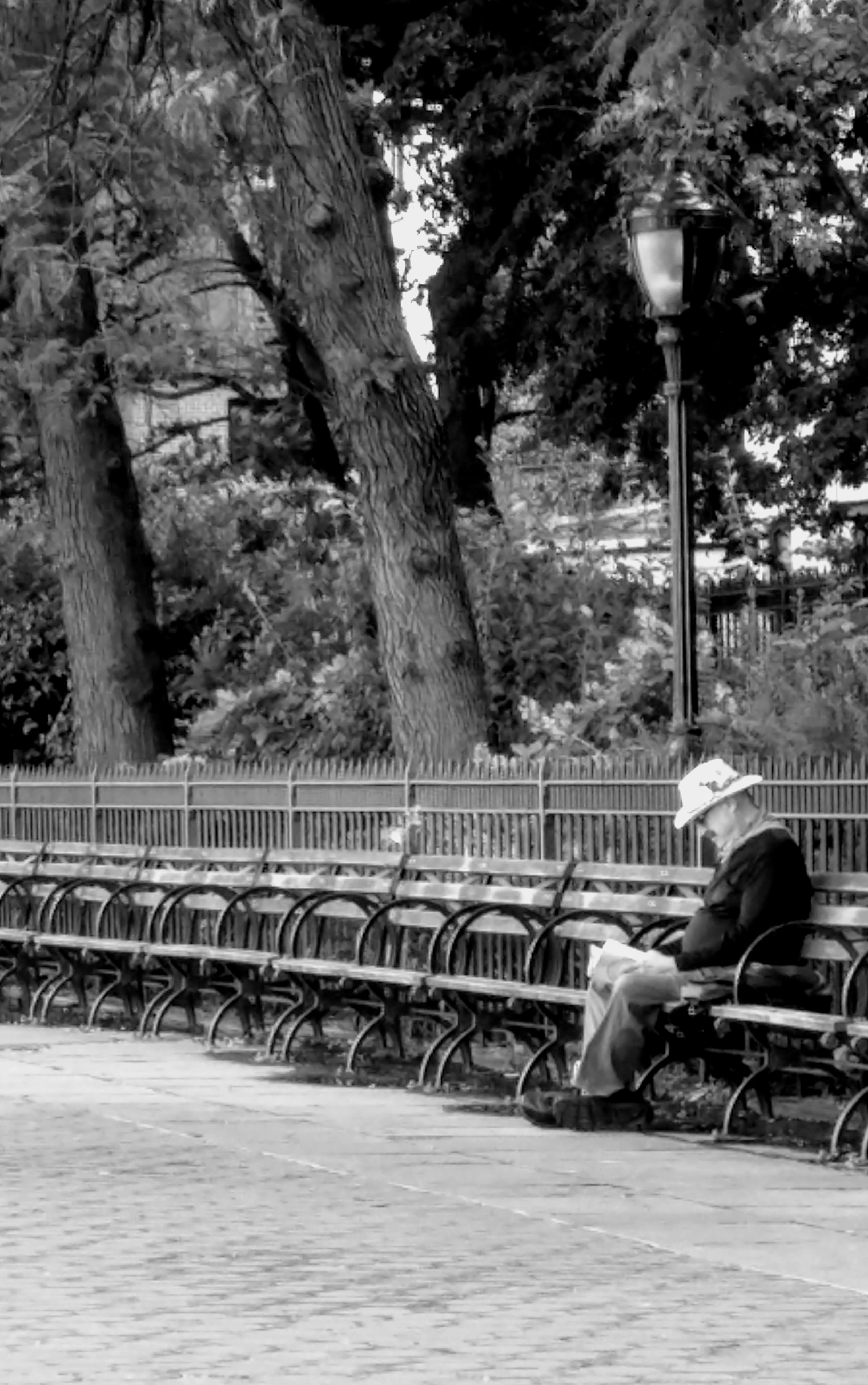



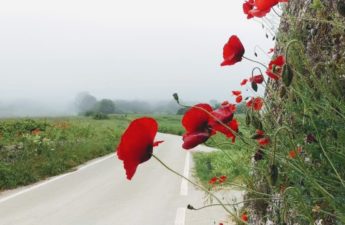

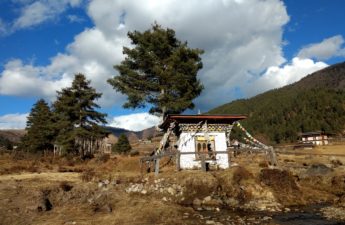
Aw…you’re making me miss my old neighborhood!
I thought of you so much during these walks (I think I even saw your old apartment building). It’s hard to talk about a place from this vantage point — I don’t want to sound like I’m reporting facts from a tour book — but I like the lens more generally. Thanks for reading 🙂
Mmmmmm…Shake Shack! And I love the word “Brooklyn.” I love saying it, really hard.
It was my first time at Shake Shack after years of hearing friends rave about it. Yummers.